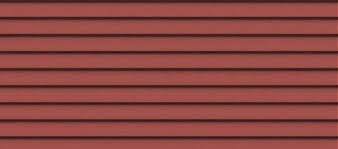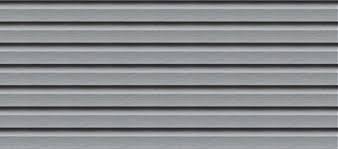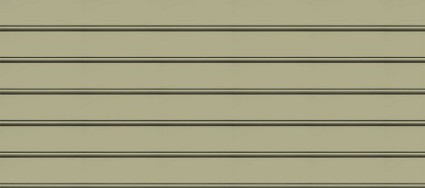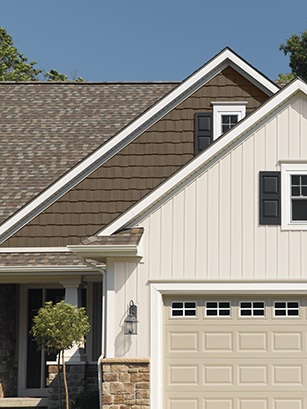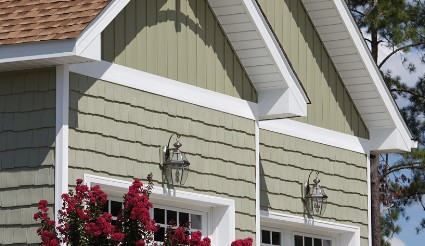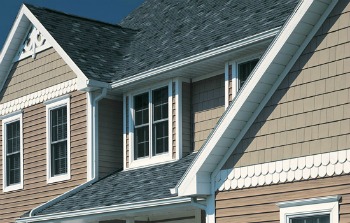Blog » Types of Vinyl Siding
"Manufactured to look like genuine wood, vinyl siding comes with all the benefits you don't get with the real thing--energy efficient, durable, water resistant and low maintenance. "
Vinyl siding is one of the most widely used types of siding in the country. According to data compiled by the Census Bureau’s Survey of Construction, almost 30% of homes are outfitted with vinyl siding, with stucco, brick and fiber cement following closely behind. Manufactured to look like genuine wood, vinyl siding comes with all the benefits you don’t get with the real thing--energy efficient, durable, water resistant and low maintenance. As the siding industry evolves, more and more variations of vinyl siding have become available. The impressive selection allows you to use several different styles, colors and sizes to create a truly distinctive look for your home’s exterior.
Related: How to choose siding for your home
Here, we’ll go into detail about several different types of vinyl siding, including sizes (referred to as profiles) and examples of each used on homes.
Horizontal Siding— When talking about horizontal siding, you’ll often hear it referred to as clapboard or lap siding. These terms are all used interchangeably. One of the most popular types of siding sold today, horizontal siding is a long narrow board or panel that runs horizontally across the house. It’s no surprise this type of siding is favored by homeowners and siding contractors; it’s low maintenance, energy efficient and eco-friendly. Lap siding comes in various styles including smooth, dutch lap, and beaded.
Smooth
Unlike dutch lap or beaded styles, there is no shadow line showing on
smooth lap siding. It is made to look like smoothly sanded, freshly
painted wood. Common profiles: smooth lap 5”, double
6", triple 3"
Dutch Lap
This style of horizontal siding is made to look like real wood. It
has very distinct shadow lines and decorative grooves at the top of each
panel. This gives intricate detail and creates the illusion each panel
was hand cut. Commonly seen profiles: double 4" dutch
lap, double 5" dutch lap
Beaded
This variation of horizontal siding provides a more distinctive shadow
line with a rounded bead at the bottom of each panel. The style is very
similar to dutch lap, but features the beaded groove located at the
bottom of each panel. Common profiles: 6.5” beaded
Vertical Siding—This is oftentimes called board and batten siding, or “barn siding” as it used to be referred to back in early colonial times. The obvious difference with this type is that it runs up and down, in different vertical widths around the home. Board and batten siding has a history similar to lap siding in that it has been used for a long time, and currently remains one of the most popular siding styles. The benefits are vast—it looks just like real wood, doesn’t require painting, low maintenance as well as moisture and pest-resistant. Board and batten siding is oftentimes used in conjunction with other types such as shakes or lap siding. Profiles are defined as a board width and batten width, combined to create the full size board. Common lengths and profiles: 10" board with a 2" batten to create an 12" wide board, or profile.
This image features board and batten siding on the garage.
Shakes—This type of siding delivers the rustic look and appeal of natural wood without the maintenance or cost. Shakes offer unique charm and beauty to a home in an affordable, low maintenance and weather resistant package. Although small, shakes make a big impact, and come in two unique types—straight or staggered edge. Straight edge shakes have a distinct shadow line between each shingle, but the bottoms are straight. Staggered edge design features jagged bottoms, giving the illusion the shingles have been hand-cut and laid individually. Shakes work well as both whole-house siding and as decorative accents and borders. Common profiles 7” shake and 10” shake.
This image shows staggered edge shakes used in conjunction with board and batten siding on the gables.
Scallops—Scalloped shingle siding is most commonly seen on unique architectural home styles like Cape Cod, Queen Anne and Craftsman. However, their use isn’t limited to whole-house applications. In fact more homeowners are utilizing the decorative appeal of scallops as accents on gables and dormers to add instant character to additional types of siding. Scallops range in shape to include half-rounds, hexagons, half-cove and more. These styles are manufactured individually, typically ranging from five to seven inches.
The image below features half-round scallops used as trim beneath shakes on the gables.
Free on-site estimates by experienced, professional siding contractors
As a homeowner, you can’t go wrong with vinyl siding. Perhaps the most difficult choice is the style and size of the panels or shingles, and how you’ll combine different types to give your home’s exterior a beautiful and welcoming appearance. To learn more about choosing the right type of vinyl siding for your home, or to schedule a free estimate, contact PRS Roofing & Siding today.









